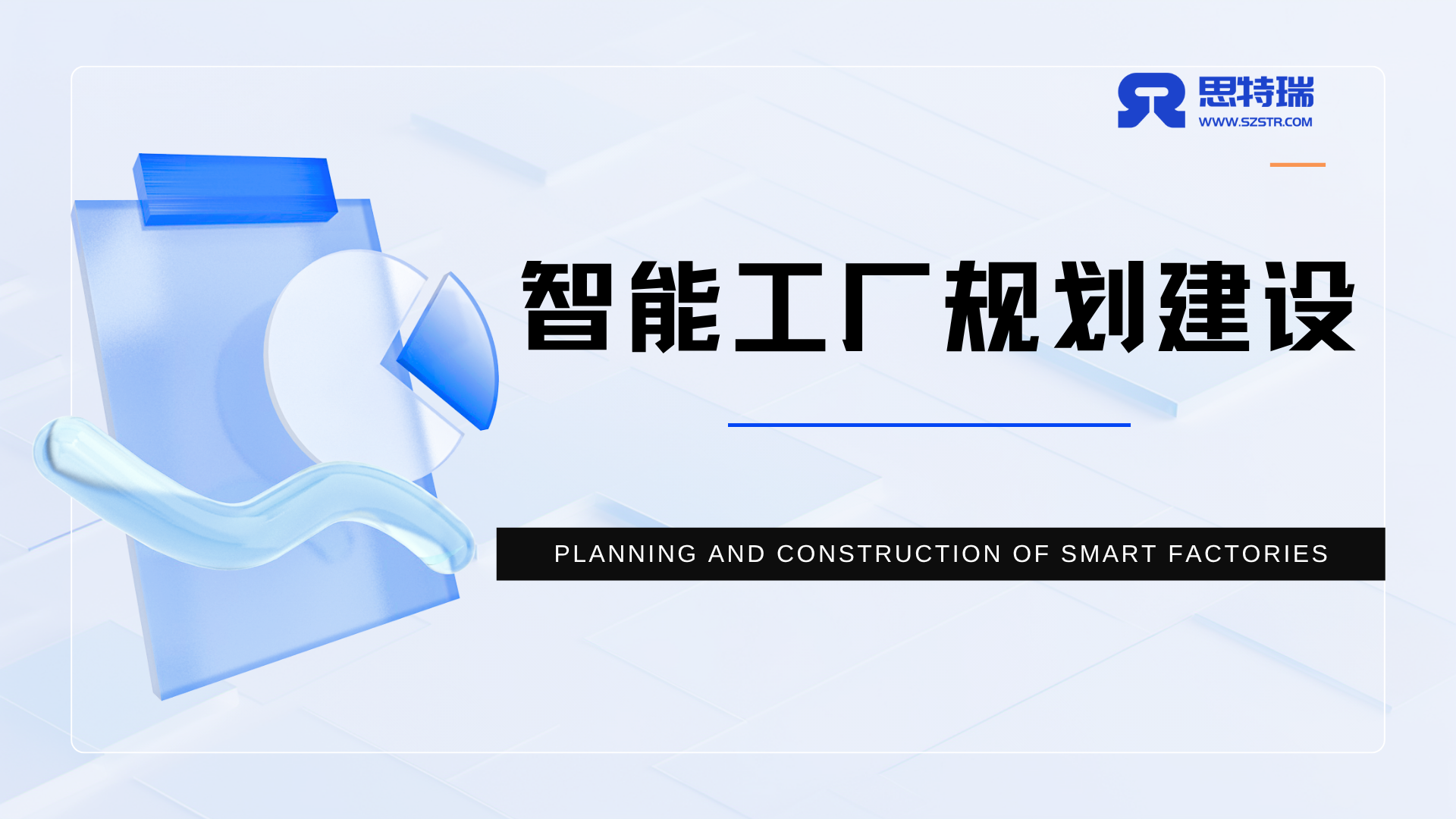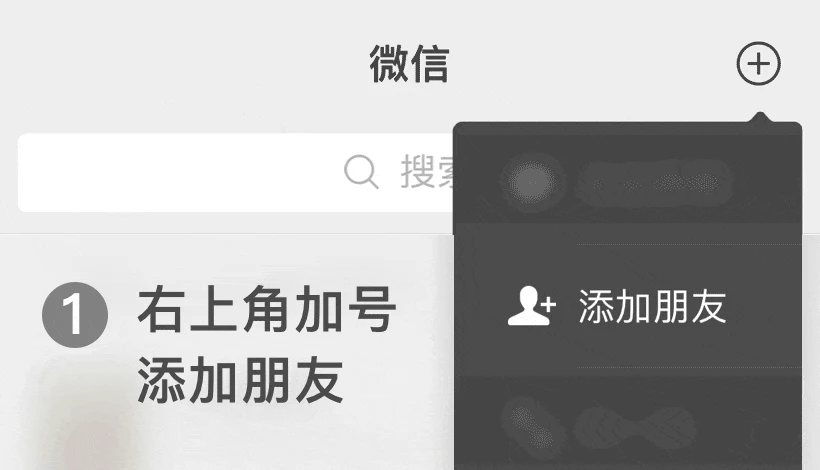
 Professional services are guaranteed
Professional services are guaranteed One on one full process guidance
One on one full process guidance Efficient and fast experience
Efficient and fast experienceSmart Factory is the core carrier of Industry 4.0, which integrates advanced technologies such as Internet of Things (IoT), artificial intelligence (AI), digital twins, and 5G communication to achieve automation, dataization, and intelligent management of the entire production process. Its core values are reflected in efficiency improvement, controllable quality, and resource optimization. According to data from the Ministry of Industry and Information Technology, as of 2025, China has built 421 national level intelligent manufacturing demonstration factories, and 42% of the world's "lighthouse factories" are located in China, demonstrating its technological leadership position.
Compared to traditional factories, its core features are reflected in:
• Data driven: full element digital modeling, real-time interconnection of equipment, materials, and process parameters;
• Flexible production: supports customized production of multiple varieties and small batches, and improves production line switching efficiency by over 60%;
• Closed loop optimization: predictive maintenance and process self optimization capabilities based on machine learning.
The technical architecture of smart factories follows a closed-loop logic of "perception analysis decision execution", which is divided into the following levels:
1. Physical Layer
Industrial Internet of Things (IIoT): Deploy sensors for vibration, temperature, pressure, etc. (such as Honeywell XNX series), with a data acquisition frequency of 1ms, supporting OPC UA and MQTT protocols to achieve cross brand device interconnection.
High precision execution unit: Collaborative robots (such as ABB YuMi) have a repeat positioning accuracy of ± 0.02mm, AMR (Autonomous Mobile Robot) uses 3D SLAM navigation, and path planning error is less than 5cm.
2. Data Layer
Industrial big data platform: Based on Hadoop/Spark architecture, it processes PB level data streams and supports mixed deployment of time-series databases (such as InfluxDB) and relational databases (such as MySQL).
Digital Twin: Build a 3D simulation system that covers geometric models (CAD), physical rules (CAE), and behavioral logic (MBSE) with an error rate of less than 0.5% (Dassault Systemes case).
3. Intelligence Layer
AI algorithm cluster:
Predictive maintenance: The LSTM neural network has an accuracy rate of 98.7% in predicting equipment failures (based on Siemens Industrial Cloud data).
Process optimization: Genetic algorithm (GA) reduces material loss by 12% in semiconductor wafer manufacturing.
Autonomous decision-making system: a dynamic scheduling model based on reinforcement learning (RL), with a response time of less than 10 seconds (validated by Boston Consulting Group).
4. Application Layer
MES (Manufacturing Execution System): Compliant with ISA-95 standards, it achieves real-time synchronization of work order distribution, quality traceability, and equipment status monitoring.
ERP integration: SAP S/4HANA system supports cross factory resource scheduling, increasing inventory turnover by 40%
1. Policy and financial support
Obtain central and local financial subsidies (up to 50 million yuan), tax exemptions (with a 100% deduction for research and development), and low interest loans (with interest rates as low as 1.75%), and prioritize inclusion in the national project support list.
2. Economic benefits improvement
Production efficiency increased by 20% -30%, operating costs reduced by 15% -25%, product defect rate reduced to 1/5 of the industry level (such as 0.5 ‰), and order delivery cycle shortened by 40% -60%.
3. Strengthening market competitiveness
The brand premium has increased by 8% -15%, and it has obtained international standard mutual recognition (such as EU Industry 5.0), becoming a "hard threshold" for top enterprises to enter the supply chain (such as Tesla supplier certification).
4. Technological innovation and ecological leadership
An average of 10+new patents are added annually, leading the development of industry standards, attracting high-end talents (with a salary premium of 20% -30%), and building a core node position in the regional industrial chain.
5. Sustainable Development Transformation
Reduce energy consumption per unit output to below 80% of the industry, upgrade ESG rating by 1-2 levels, meet global carbon regulatory requirements such as the EU CBAM, and achieve green manufacturing transformation.
6. Special dividends for small and medium-sized enterprises
By obtaining the "Excellent Scene" certification, you can receive a subsidy of 2-8 million yuan, quickly enter the leading supply chain, have priority in regional procurement, and shorten the technology upgrade cycle by 50%
(I.) List of Application Materials
| Bill of Material | Material details |
|---|---|
| Basic materials | -Enterprise business license, audit reports for the past 3 years; -Intellectual property certificate (with at least 10 patents and software works, including at least 3 invention patents); -Registration or approval documents for intelligent transformation projects. |
| Technical proposal document | -Construction Plan for Intelligent Manufacturing Demonstration Factory (including goals, technical roadmap, investment budget, etc.); -Implementation plan for intelligent scenarios (covering at least four stages including design, production, logistics, and service); -Digital system architecture diagram (technical nodes such as industrial Internet platform and data middle platform shall be marked). |
| Proof of Ability Document | -Equipment networking list (including device name, model, communication protocol, and data collection point); -System integration proof (such as MES and ERP interface protocol, OPC UA interconnection test report); -Typical application case report (such as AI quality inspection accuracy ≥ 99%, predictive maintenance coverage ≥ 70%). |
| Compliance and Efficiency Documents | -Environmental impact assessment approval and safety production standardization certificate; -Economic Benefit Calculation Table (quantifying indicators such as production efficiency, cost reduction, and energy consumption reduction); -Explanation of social benefits (such as driving the collaboration of at least 5 industrial chain enterprises). |
| Recommendations and commitments | -Recommendation letter from local industry and information technology department; -Corporate commitment letter (ensuring data authenticity and project completion on schedule). |
(II.) Application requirements
1. Qualification requirements for enterprises
Having independent legal personality, registered for at least 3 years, and in good financial condition (with no consecutive losses in the past 3 years);
Belonging to manufacturing enterprises, priority should be given to supporting strategic emerging industries such as new energy, high-end equipment, biomedicine, etc;
Has passed the certification of the integrated management system or has a mature information technology foundation (such as ERP and MES system coverage rate ≥ 80%).
2. Technical Capability Threshold
The CNC rate of core production equipment is ≥ 70%, and the automation rate of key processes is ≥ 50%;
The coverage rate of industrial internet platforms is ≥ 60%, and the device networking rate is ≥ 85% (according to the "Intelligent Manufacturing Capability Maturity Model" GB/T 39116-2020);
Have at least three intelligent scenario application cases, including digital twin and AI quality inspection.
3. Compliance and Standards
Comply with environmental protection, safety, and energy consumption standards (such as energy consumption per unit output value ≤ 80% of the industry average);
Certified with ISO 9001 Quality Management System and ISO 50001 Energy Management System.
4. Policy compatibility
The declared project must comply with the key directions of the "14th Five Year Plan for the Development of Intelligent Manufacturing" (such as network collaborative manufacturing, personalized customization, etc.);
Priority will be given to supporting provincial-level intelligent manufacturing pilot demonstration enterprises or "specialized, refined, and innovative" enterprises.
(III.) Key points of the declaration process
1. Time nodes
Provincial initial review from March to April each year → formal review by the Ministry of Industry and Information Technology in May → expert review in June → results announced in September.
2. Key points of evaluation
Progressiveness technology (whether digital mainline, industrial AI and other cutting-edge technologies are applied).
Reproducibility (whether the solution has industry promotion value).
Economic benefits (ROI ≥ 25%, investment payback period ≤ 4 years).
(IV.) Special Reminder
The application for national level projects needs to be completed online through the "Intelligent Manufacturing Data Resource Public Service Platform" simultaneously.
Priority support will be given to projects that have been recognized as provincial-level intelligent factories/digital workshops (with certification documents attached).
Material binding requirements: Five copies of paper version, PDF of electronic version ≤ 50MB, and key data need to be desensitized.
The process of handling smart factories usually involves self-assessment, policy declaration, and other steps, which vary depending on national/regional and industry standards. Taking China as an example, combined with the "Maturity Model for Intelligent Manufacturing Capability" (GB/T 39116-2020) or relevant project application requirements of the Ministry of Industry and Information Technology, the general process is summarized as follows:




Wechat ID:Siterui888888
Add a wechat friend to get free plans and quotations


 Contact
Contact




 定制化解决方案
定制化解决方案 专业咨询指导
专业咨询指导 透明化服务
透明化服务 长期顾问式合作
长期顾问式合作